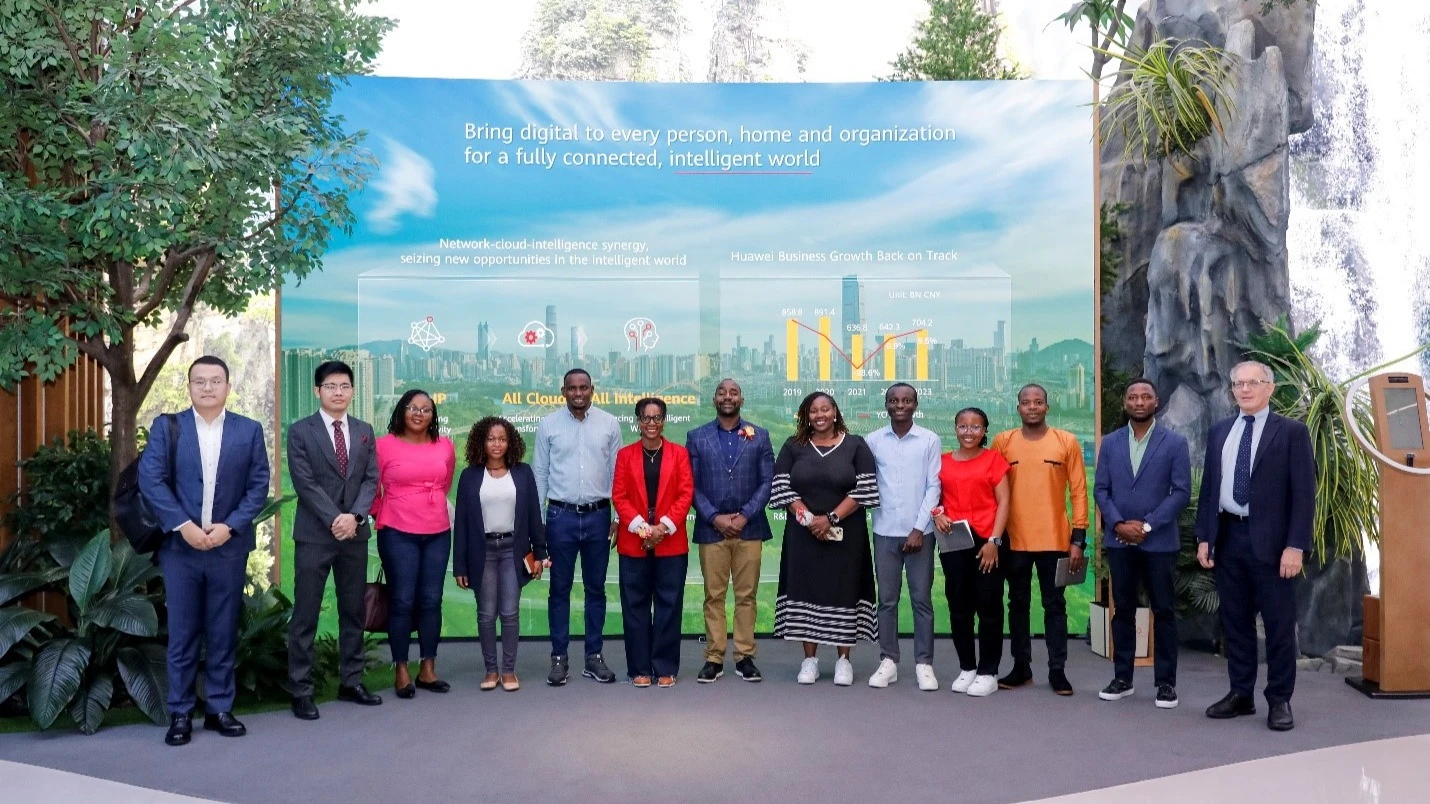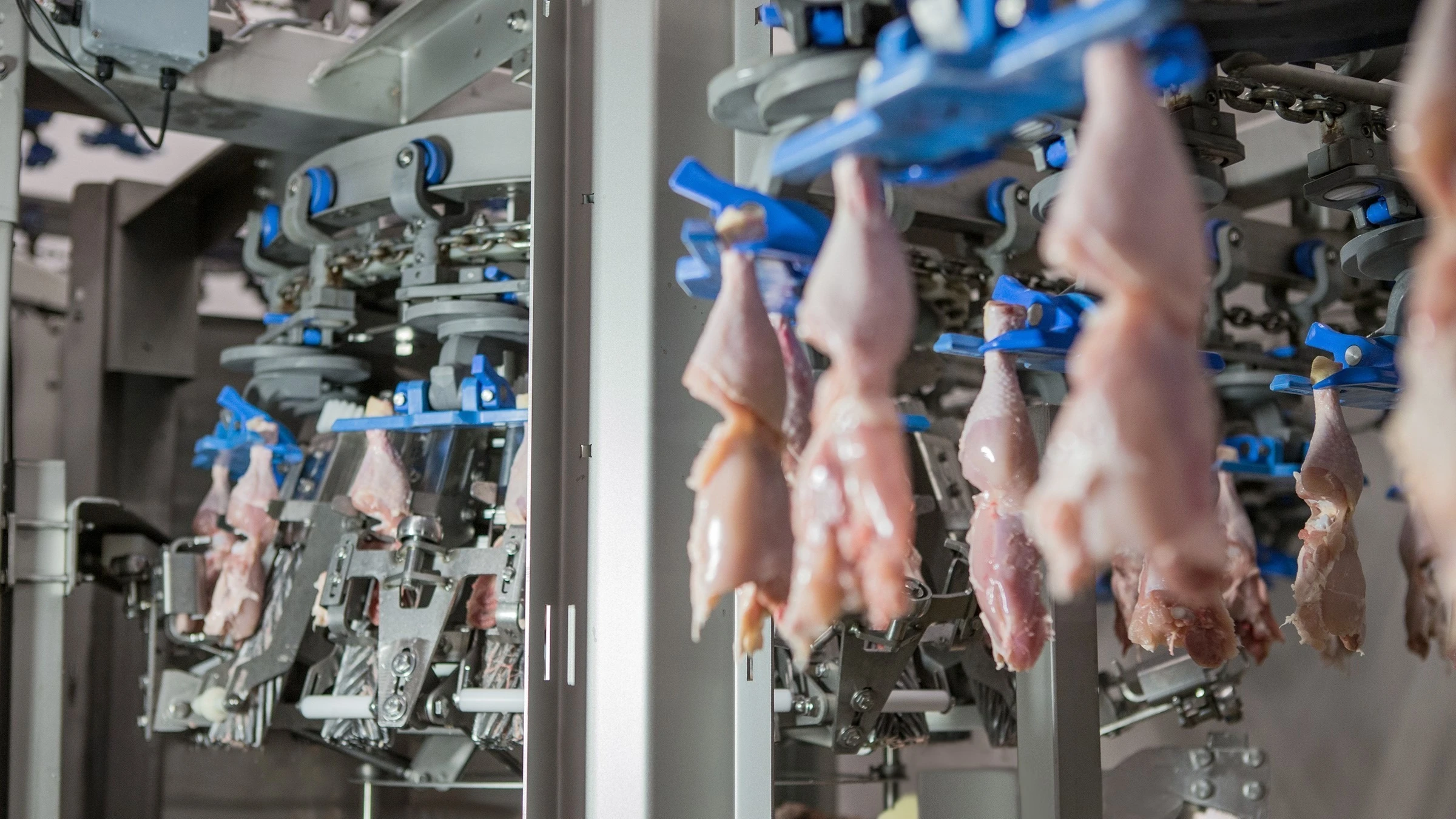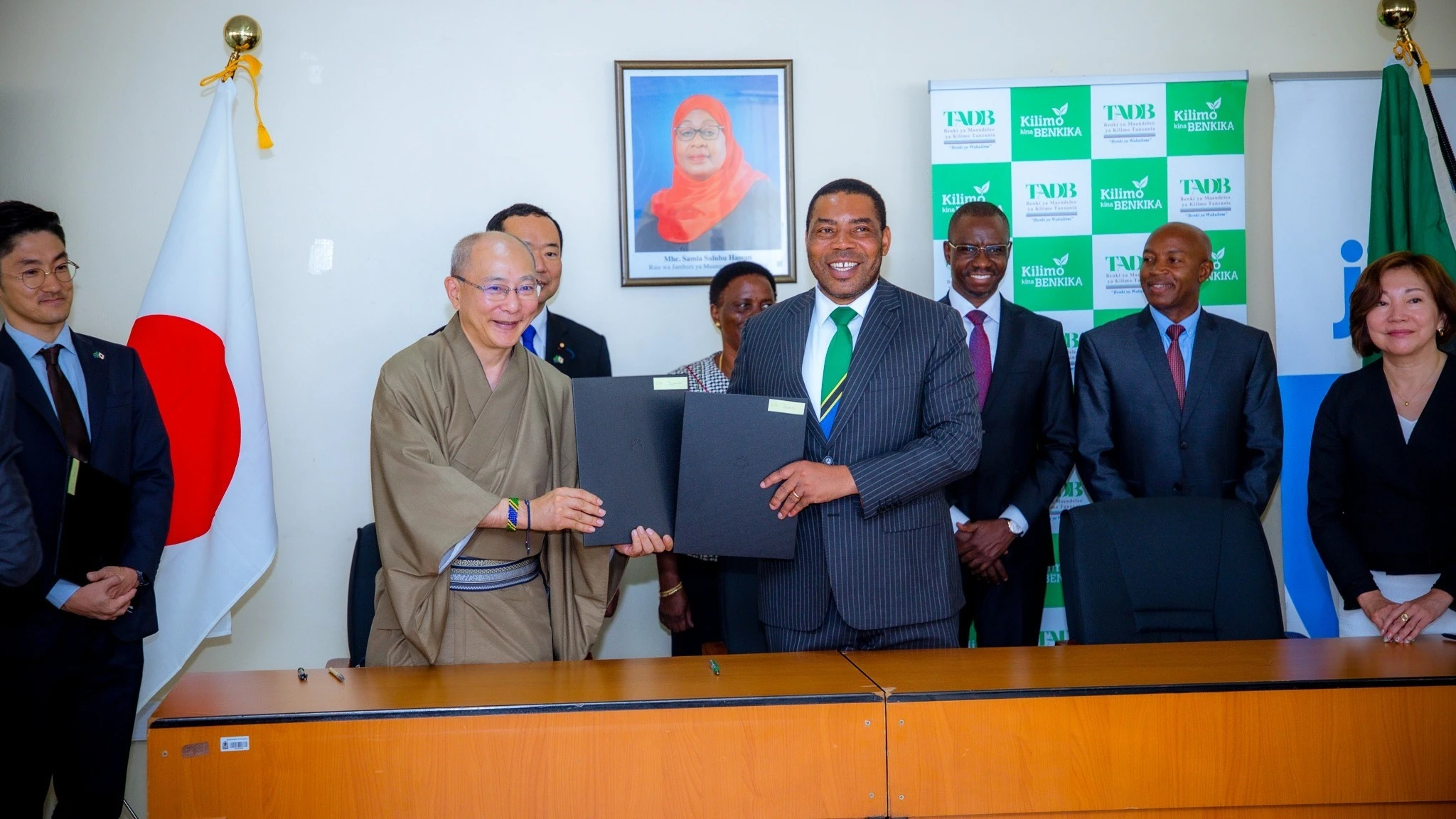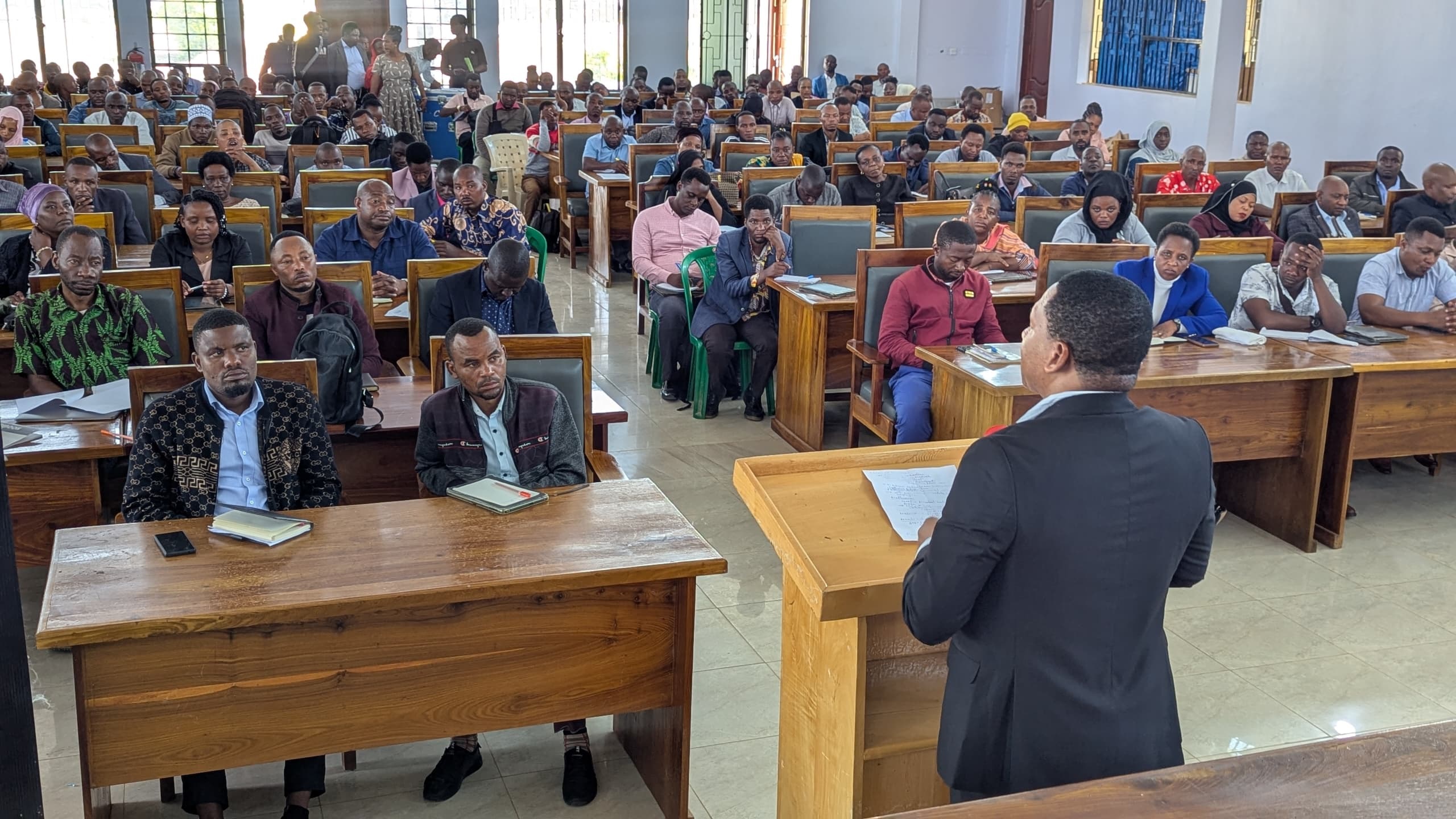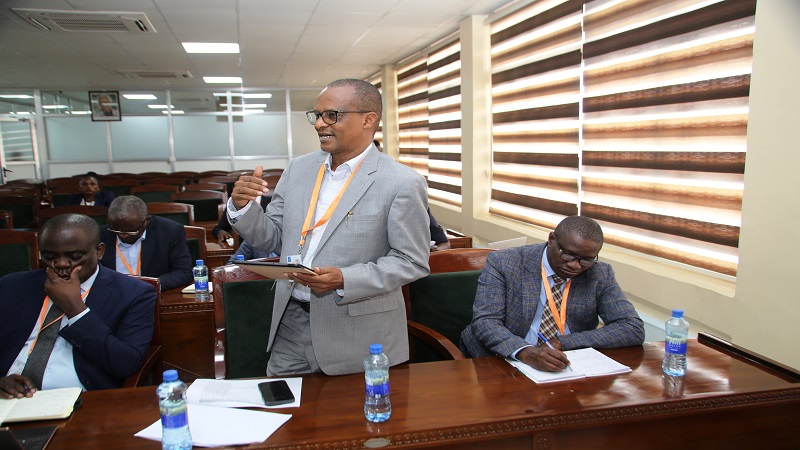CBK raises extra Ksh32 billion in August tapsale
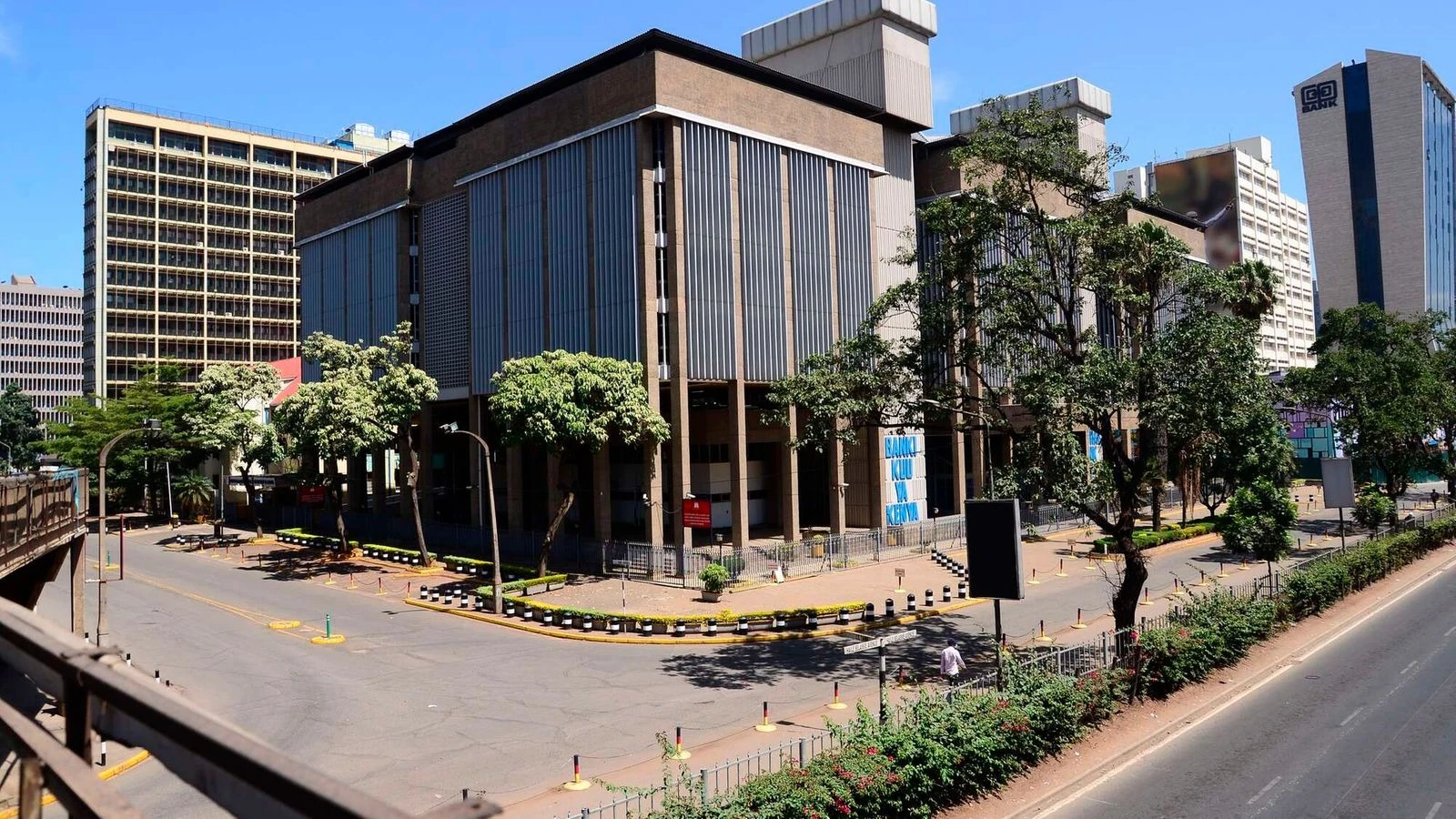
The Central Bank of Kenya (CBK) has raised a further KSh32.02 billion from the tap sale of the August Infrastructure bond reopened last week.
The paper received bids worth KSh35.2 billion against the KSh15 billion offered – a 234.6 per cent oversubscription.
The apex bank however accepted 91.4 per cent of the bids received, locking in KSh32.02 billion.
The weighted average yield of accepted bids came in at 17.73 per cent with the coupon rate stalling at 14.39 per cent. With the current inflation rate, the real yield for the paper is 13.4 per cent.
The 17 year paper was undersubscribed in the August reopening, receiving bids worth KSh29.5 billion against the KSh50 billion offered – a 58.9 per cent subscription rate. The underperformance prompted CBK to issue a tapsale to try to meet its initial capital target.
In the weekly T-bills auction, investors continuously preferred the short term 91- day paper receiving bids worth KSh16.95 billion against the KSh4 billion on offer – a 437.4 per cent oversubscription.
Both the 182-day and 364-day papers remained undersubscribed, receiving bids worth KSh4.4 billion and KSh2.2 billion – 44.5 per cent and 22.5 per cent subscription rates respectively.
The CBK received bids worth KSh24.2 billion for the 3 papers against the KSh24 billion on offer – a 100.8 per cent oversubscription. The government accepted 97.7 per cent of the total bids received.
Yields on all the three papers saw decreases on the back of CBK’s decision to lower rates by 25 basis points to 12.75 per cent earlier this month after maintaining rates at the highest since 2012. The easing of the benchmark rate was prompted by the easing inflation below the midpoint and the stronger shilling offering relief for bank borrowers.
With diminishing “higher for longer” stances, investors are rushing to lock in higher rates to maximize their real returns. With the government looking to tap additional external funding, this puts pressure on the domestic market by lowering demand for cash by the government from the domestic market.
The stream of Kenyans migrating to the Gulf in the last five years has significantly reshaped migration patterns and the resulting remittances. In 2019, for example, remittances from the United Kingdom totalled US$ 20.6 million compared to just US$ 3.3 million from Saudi Arabia. The shift is also indicative of the evolving migration laws that have made it harder for Kenyans to move to European countries, while Gulf countries have become a favourite destination due to their burgeoning labour needs
Remittance inflows in July 2024 totalled USD414.3 million compared to USD 378.1 million in July 2023, an increase of 9.6 per cent. The cumulative inflows for the 12 months to July 2024 remained steady at USD 4,572 million compared to USD 4,076 million in a similar period in 2023, an increase of 12.2 per cent. “The remittances inflows continue to support the current account and foreign exchange market. The US remains the largest source of remittances to Kenya, accounting for 52 per cent in July 2024,” said CBK in its weekly bulletin of August 16,2024.
In 2022, Kenya and Saudi Arabia held the first Joint Commission for Cooperation (JCC) in Riyadh and outlined labour and consular affairs, ICT, transport, and development as the salient areas of cooperation. Among the major unresolved issues are claims of indentured servitude and the high number of deaths among Kenyans working the Gulf. In a presentation in July, Prime CS and CS for Foreign Affairs Musalia Mudavadi told the Senate that there had been 316 recorded deaths of Kenyans in the Gulf, more than half of them in Saudi Arabia.
Top Headlines
© 2025 IPPMEDIA.COM. ALL RIGHTS RESERVED


